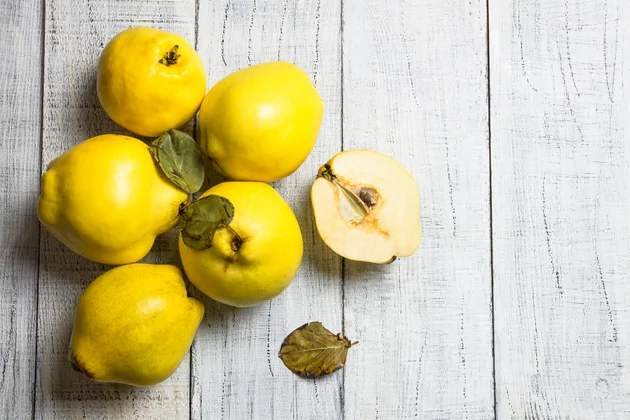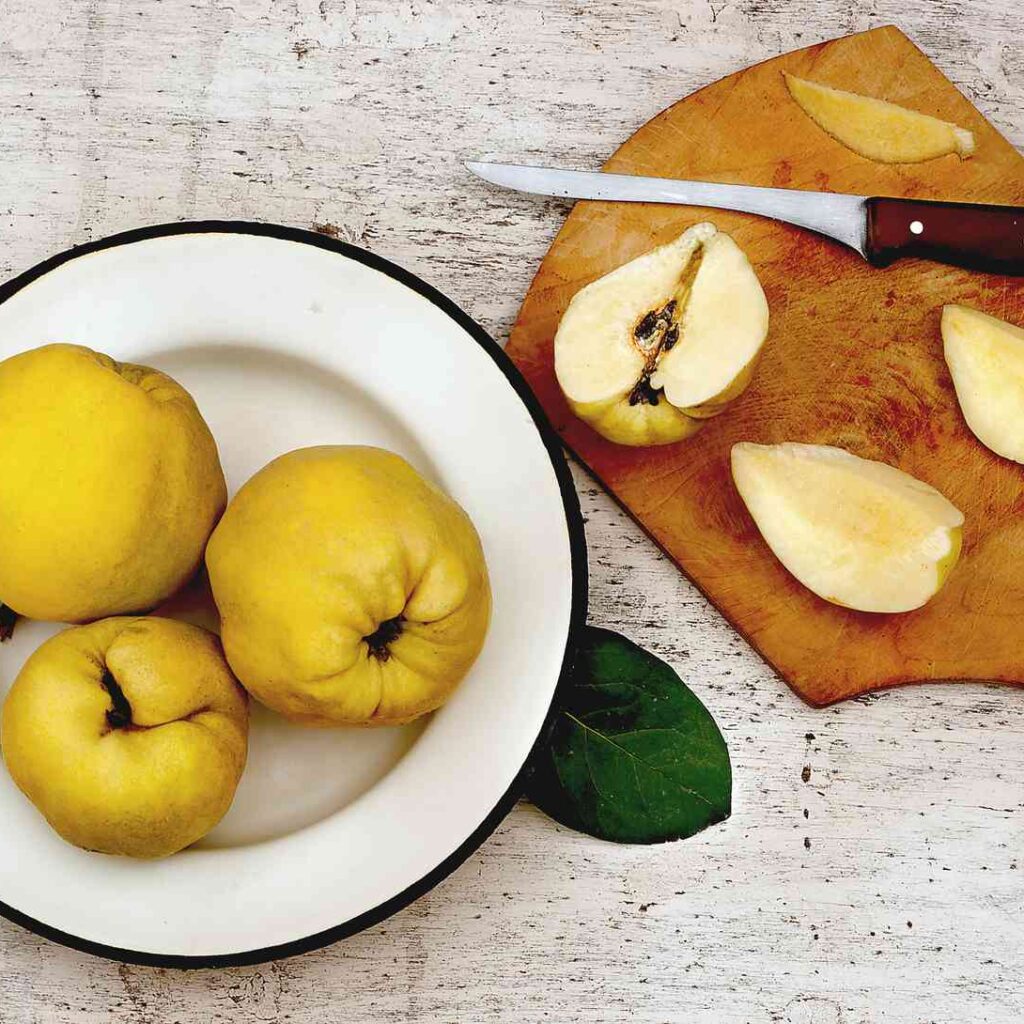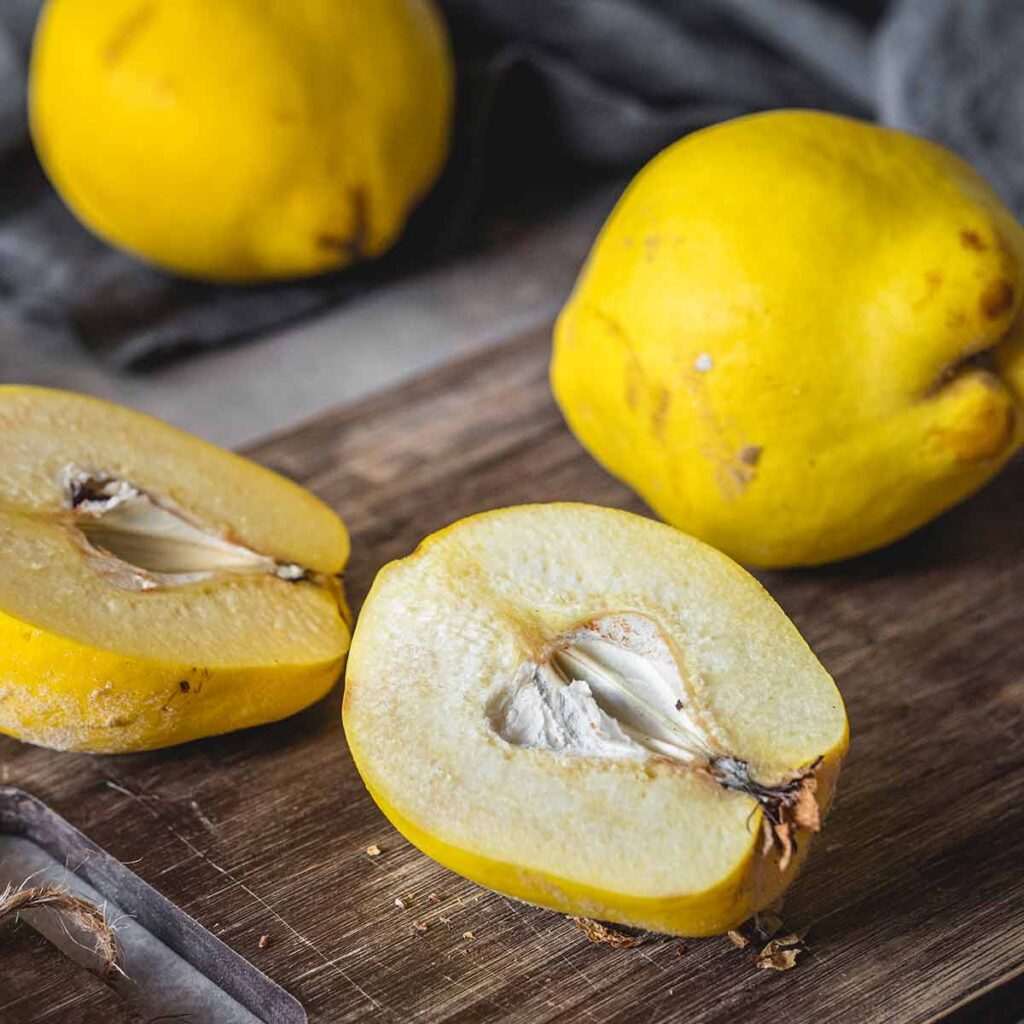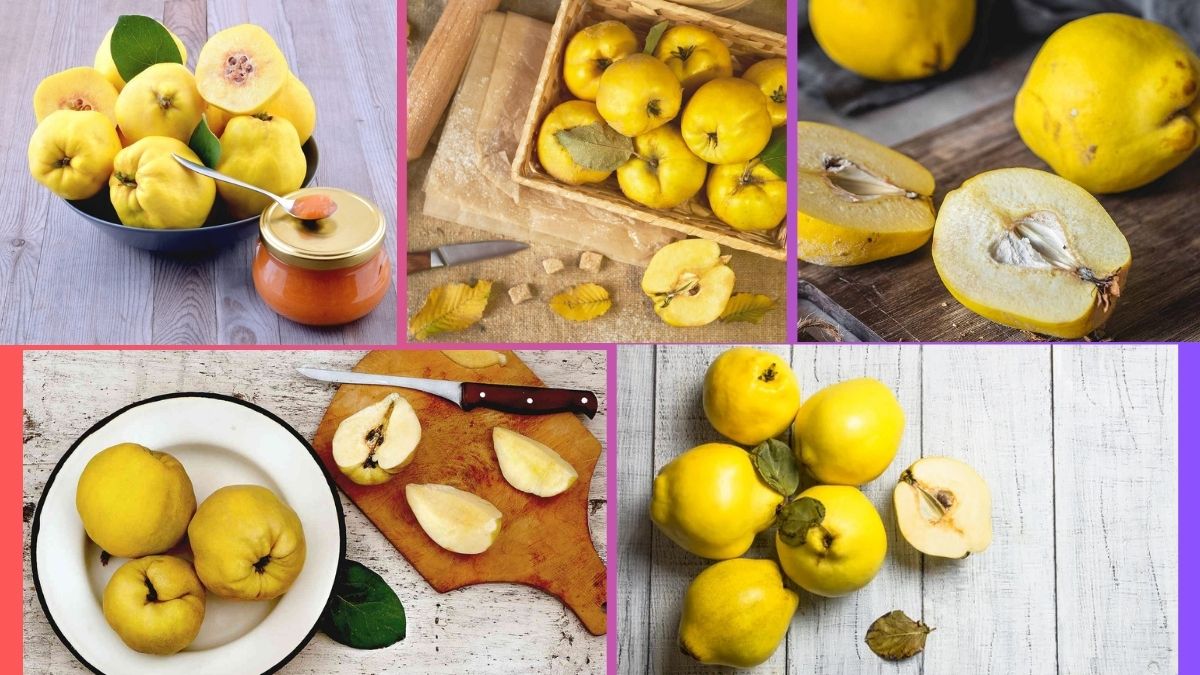In the vast world of fruit cultivation, the quince (Cydonia oblonga) holds a unique and often underappreciated place. Known for its aromatic fragrance, distinctive flavor, and historical importance, the quince has journeyed through ancient civilizations, royal banquets, and traditional kitchens for centuries. But as modern agriculture evolved, one country steadily emerged as the global leader in quince production — Turkey.
This article explores the fascinating story of the quince, its uses, health benefits, and, most importantly, the countries that grow it today, focusing on Turkey’s dominance as the world’s largest quince producer.
What Is Quince?

The quince is a golden-yellow, pear-shaped fruit native to the Caucasus region and Western Asia. Though its tough, astringent flesh makes it unsuitable for eating raw, quince transforms beautifully when cooked. The fruit turns a soft, rosy color and exudes a delicate, floral fragrance, making it ideal for preserves, jams, stews, and desserts.
Historically, quince symbolized love and fertility. In Greek mythology, it was regarded as a sacred fruit offered at weddings, while in Ancient Rome, it was often used as an aromatic addition to perfumed rooms and baths.
Global Quince Production Overview
According to the Food and Agriculture Organization (FAO), the total global production of quince exceeds 700,000 metric tons annually. While several countries cultivate quince for local consumption and niche markets, a handful of nations dominate the production landscape.
Here are the leading quince producers globally (latest available FAOSTAT data):
| Rank | Country | Annual Production (Metric Tons) |
|---|---|---|
| 1 | Turkey | ~192,000 |
| 2 | China | ~110,000 |
| 3 | Uzbekistan | ~95,000 |
| 4 | Iran | ~90,000 |
| 5 | Morocco | ~50,000 |
Turkey holds a commanding lead over other countries, producing nearly one-third of the world’s quince supply.
Why Is Turkey the World’s Largest Quince Producer?

Several key factors contribute to Turkey’s leadership in quince cultivation:
Ideal Agro-Climatic Conditions
Turkey’s Mediterranean climate, characterized by hot, dry summers and mild, wet winters, provides optimal growing conditions for quince trees. Rich, fertile soils, particularly in the Marmara, Aegean, and Mediterranean regions, allow for high yields and quality fruit.
Deep-Rooted Agricultural Heritage
Turkey has been cultivating quince for thousands of years, with historical records indicating its use in ancient Anatolian and Ottoman cuisine. This long-standing tradition has nurtured expertise in quince farming, selection of superior cultivars, and post-harvest processing techniques.
Significant Domestic and Export Markets
Quince remains a staple in Turkish households, used in dishes like Ayva Tatlısı (quince dessert), compotes, jams, and savory stews. Additionally, Turkey exports quince to over 40 countries worldwide, meeting growing demand in Europe, the Middle East, and Russia.
Leading Quince-Producing Regions in Turkey

Turkey’s major quince-producing provinces include:
- Sakarya
- Denizli
- Bursa
- Isparta
- Kahramanmaraş
- Çanakkale
These regions account for over 70% of the country’s quince production.
Turkey’s Quince Production Statistics
According to official data from Turkey’s Ministry of Agriculture and Forestry:
- Annual production: Approximately 192,000 metric tons
- Cultivated area: Around 8,000 hectares
- Average yield per hectare: 20–25 tons
This solid infrastructure of orchards, cold storage facilities, and processing centers has allowed Turkey to scale its quince industry to meet both domestic and international demands.
Culinary Uses of Quince in Turkey and Beyond

While quince is popular in many countries, it occupies a special place in Turkish cuisine:
- Ayva Tatlısı: A traditional dessert made by poaching halved quinces in sugar syrup and serving with clotted cream and nuts.
- Quince marmalade and jam: Popular breakfast spreads.
- Stews: Combined with lamb or beef for a tangy, aromatic flavor.
- Compotes and preserves: Served as refreshing cold dishes in the summer months.
Other countries like Spain (dulce de membrillo), Portugal (marmelada), and Iran (beh stew) also cherish quince in their culinary traditions.
Nutritional Value and Health Benefits of Quince
Quince is not only delicious but also highly nutritious:
| Nutrient (per 100g of raw fruit) | Amount |
|---|---|
| Calories | 57 kcal |
| Vitamin C | 15 mg |
| Fiber | 1.9 g |
| Potassium | 197 mg |
| Iron | 0.7 mg |
Health Benefits:
- Rich in antioxidants: Helps combat oxidative stress.
- Supports digestion: High fiber content aids bowel regularity.
- Strengthens immunity: Vitamin C boosts immune response.
- Promotes heart health: Potassium helps maintain healthy blood pressure.
Turkey’s Quince Export Performance

In 2023, Turkey exported approximately 19,000 metric tons of quince, accounting for over 47% of global quince exports by volume.
Major Export Destinations:
- Germany
- Russia
- Netherlands
- Iraq
- Romania
The export value of Turkish quince surpassed $16 million in 2023, reflecting increased global demand for traditional fruits and natural ingredients.
Challenges and Opportunities in the Quince Industry
Challenges:
- Limited fresh consumption appeal due to its tart, astringent flavor.
- Vulnerability to pests and diseases such as codling moth and fire blight.
- Short shelf-life without refrigeration or processing.
Opportunities:
- Value-added products: Processed forms like jams, jellies, and fruit preserves are in high demand.
- Organic farming: Rising consumer interest in chemical-free produce.
- Tourism-linked agribusiness: Culinary tours and festivals celebrating traditional Turkish foods, including quince desserts.
Future Outlook for Global Quince Production
The global quince market is expected to grow steadily over the next decade, driven by:
- Health-conscious consumers seeking high-antioxidant fruits.
- Nostalgic interest in traditional, heritage produce.
- Expansion of processed quince products into international gourmet markets.
As global demand increases, Turkey is well-positioned to maintain and even expand its leadership, thanks to its expertise, superior infrastructure, and rich agricultural traditions.
Conclusion
To answer the central question — which country is the largest quince producer globally? — the definitive answer is Turkey.
With nearly one-third of global quince production, a centuries-old agricultural legacy, and a thriving domestic and export market, Turkey has firmly established itself as the world’s top quince grower. As consumer interest in exotic, nutrient-rich, and culturally significant fruits rises, Turkey’s quince industry is poised for continued success and global recognition.





